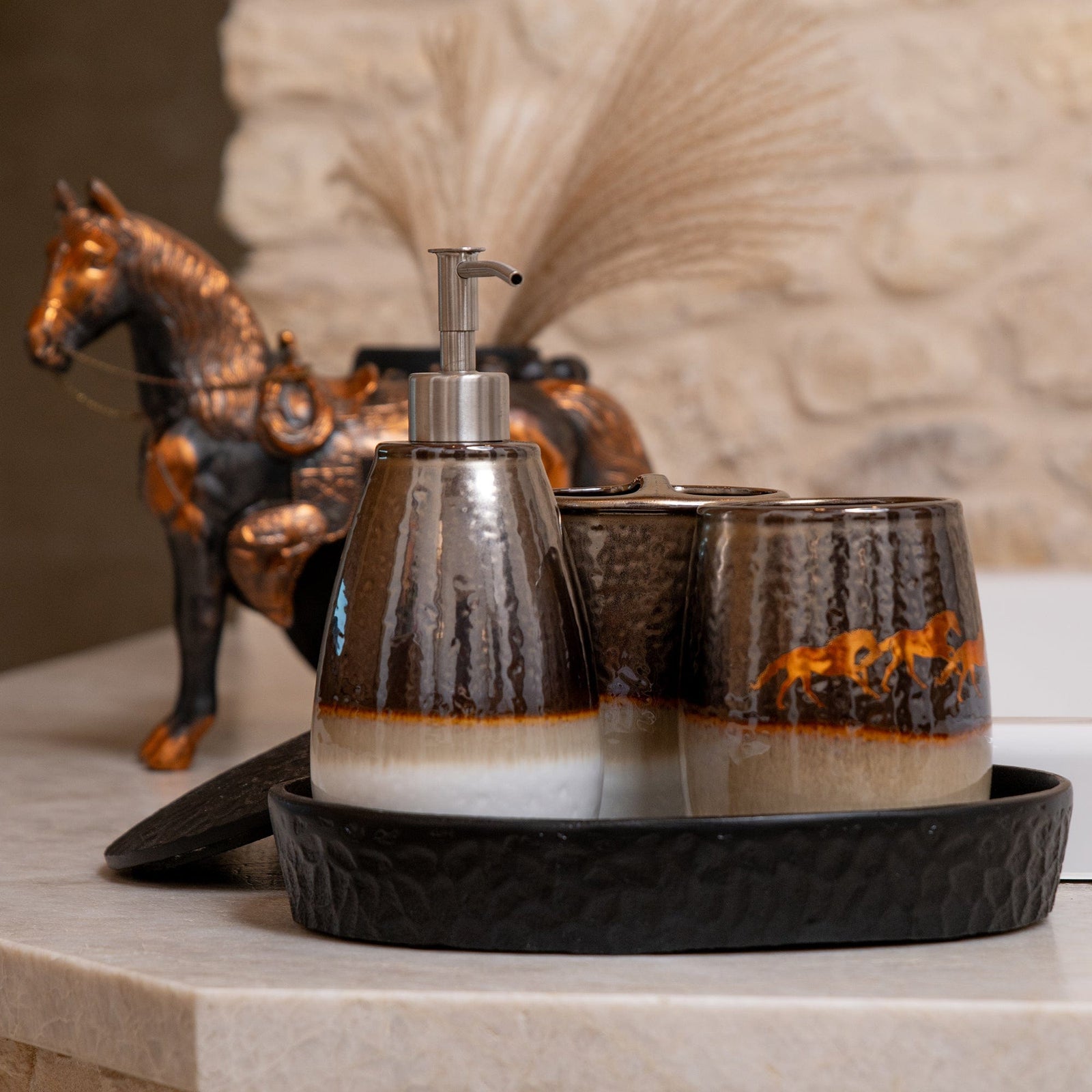Few bedding essentials offer the timeless warmth and durability of wool blankets. Known for their insulating properties, comforting texture, and classic appeal, wool blankets are a staple, especially for those who live in colder climates. They provide the perfect blend of function and style, whether you’re looking for a rustic cabin-inspired touch or a refined heirloom-quality piece to layer on your bed or sofa.
In this guide, you’ll find everything you need to know about wool blankets: what makes wool a standout material, how to choose the best wool blanket, and how to care for it.
Why Choose Wool Blankets?

Wool is one of nature’s most versatile fibers. Here are the benefits that make wool blankets a must-have for any well-appointed home:
1. Unmatched Warmth
Wool naturally traps heat, making it one of the best insulators for chilly nights. Unlike synthetic materials, it keeps you warm without overheating, thanks to its ability to regulate temperature.
2. Incredible Durability
A high-quality wool blanket can last for decades when properly cared for. Wool fibers are naturally elastic and resistant to wear, ensuring that your blanket maintains its shape and softness over time.
3. Moisture-Wicking
Wool has the unique ability to absorb moisture while remaining dry to the touch. This makes it an excellent choice for year-round comfort, as it wicks away sweat and prevents clamminess.
4. Naturally Odor & Stain Resistant
Lanolin—a natural wax found in wool fibers—helps repel dirt, stains, and odors. This means wool blankets require less frequent washing and stay fresher longer compared to other fabrics.
5. Sustainable & Eco-Friendly
Wool is a natural, biodegradable fiber. Sourced from animal wool, it requires less processing than many synthetic alternatives.
Common Types of Wool Blankets
 Not all wool blankets are created equal—depending on the type of wool used, the texture, weight, and warmth of the blanket can vary significantly. Here are some of the most common types:
Not all wool blankets are created equal—depending on the type of wool used, the texture, weight, and warmth of the blanket can vary significantly. Here are some of the most common types:
1. Merino Wool Blankets
Merino wool is prized for its ultra-soft, fine fibers that offer warmth without the scratchiness associated with traditional wool. These blankets are perfect for those who want a cozy, lightweight option that feels luxurious against the skin.
2. Alpaca Wool Blankets
Alpaca wool is known for its silky feel and exceptional warmth. It’s hypoallergenic and softer than sheep’s wool, making it ideal for anyone with sensitive skin.
3. Cashmere Wool Blankets
Cashmere is the pinnacle of softness and elegance. Though typically more expensive, cashmere wool blankets provide unparalleled warmth and a lightweight feel, perfect for layering on your bed or draping over a sofa.
4. Blended Wool Blankets
Some blankets combine wool with other fibers like cotton, polyester, or acrylic to enhance softness, reduce weight, or make them more affordable. These blends still retain wool’s core benefits while offering additional versatility.
How to Choose the Right Wool Blanket?

Wool blankets don’t come cheap, but it’s an investment you won’t regret. When selecting a wool blanket, consider these factors to ensure you find your perfect match:
1. Weight & Warmth
Some wool blankets are lightweight and ideal for layering, while others are thick and heavy, designed for extreme cold. Choose one based on your climate and personal warmth preferences.
2. Softness
If you’re sensitive to texture, opt for Merino, alpaca, or cashmere wool, as these are the softest varieties. Traditional wool blankets may have a coarser feel, but they tend to soften with use.
3. Weave & Design
The weave of a wool blanket affects both its appearance and functionality. Looser weaves create a more breathable, relaxed look, while tighter weaves offer increased warmth and durability.
4. Size & Intended Use
Decide whether you’re looking for a wool blanket for your bed, sofa, or outdoor use. Larger blankets work well for layering on beds, while smaller throws are great for cozying up in a reading nook or by the fireplace.
Caring for Your Wool Blanket

Proper care extends the life of your wool blanket, ensuring it remains soft and beautiful for years to come. To maintain the quality of its fibers, clean and care for your wool blanket by:
1. Spot Cleaning When Possible
Since wool is naturally stain-resistant, minor spills can often be blotted away with a damp cloth. Use a mild detergent if needed, but avoid harsh chemicals.
2. Airing It Out Regularly
Wool fibers benefit from fresh air. Hanging your blanket outside on a dry day can help refresh it without the need for washing or excessive heat.
3. Hand-Washing or Using a Gentle Cycle
Check the care label before washing. Many wool blankets should be hand-washed in cold water with a wool-specific detergent. If machine washing is permitted, use a gentle cycle.
4. Laying It Flat to Dry
Avoid putting wool blankets in the dryer, as heat can cause shrinking and damage. Instead, lay the blanket flat on a clean surface to air dry.
5. Storing It Properly
When not in use, store your wool blanket in a breathable cotton bag to protect it from dust and moths. Consider adding cedar blocks or lavender sachets to keep pests away.
Whether you're drawn to its warmth, durability, or classic charm, wool blankets offer exceptional versatility and coziness. Invest in a high-quality wool blanket today and you’re sure to enjoy its benefits for years to come!










